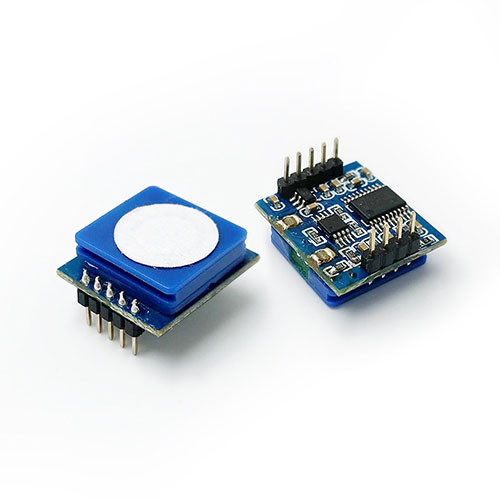Alcohol breath detector Active detection and Passive alcohol detector
Alcohol breath detectors play an important role in the enforcement of alcohol-related legislation and in the field of traffic safety. Alcohol breath detectors can be categorized into two types, active detection and passive alcohol detector, depending on the method of detection. Active detection refers to the measurement of alcohol content directly on an individual’s breath sample, whereas Passive alcohol detector detects the alcohol content of an individual’s breath by means of an Alcohol Sensor. This article will provide a comprehensive comparison of these two detection technologies.

Active Alcohol Detector
Active detection methods usually utilize direct measurement of a breath sample. During active testing, the individual is required to actively cooperate with the instrument to perform the breath maneuver in order to obtain an accurate alcohol content reading. The advantage of this method of testing is that it is simple and easy to use and is suitable for most scenarios. However, because the individual is required to actively cooperate, there may be a risk of cheating, such as breathing out early or using a substitute to influence the results. In addition, the accuracy of active testing methods is highly influenced by the degree of cooperation of the individual in exhaling, which may lead to inaccurate measurements if the sample collection is incomplete or the collection time is insufficient.
Passive alcohol detector
The Passive alcohol detector is based on a sensor that detects the alcohol content of an individual’s breath. The method does not require the active cooperation of the individual and enables continuous, real-time monitoring of the individual’s alcohol level. The advantages of passive detection are its non-invasiveness and high sensitivity. Since it does not require the active cooperation of the individual, the passive detection method is suitable for individuals who are unable or unwilling to cooperate actively, such as minors and intoxicated individuals. In addition, passive detection methods based on sensors can realize real-time monitoring, which is conducive to the timely detection of drinking behavior and the adoption of appropriate measures. However, the accuracy of passive detection methods is affected by a variety of factors, such as the physiological condition of the individual, the ambient temperature and humidity, etc., and thus requires rigorous calibration and validation to ensure the reliability of the results.
Comparison and Conclusion
Comprehensively comparing the two methods of active and passive detection, we can draw the following conclusions: the active detection method is simple and easy to use, but there is a risk of cheating; whereas the Passive alcohol detector has non-invasive and high sensitivity, and it is suitable for the individuals who are unable or unwilling to cooperate actively, but the accuracy is affected by a variety of factors. In practical applications, the appropriate detection method should be selected according to specific scenarios and needs. For example, in the field of traffic safety, active detection methods should be prioritized considering the need for individuals to actively cooperate with the detection, while passive detection methods are more advantageous in enforcing alcohol-related laws and regulations when monitoring individuals who are unable or unwilling to actively cooperate with the detection.
The Future
Alcohol breath detector technology continues to evolve as technology advances. In the future, we expect to see more accurate and convenient active and passive detection technologies. For active detection methods, research and development of new sampling techniques and data analysis algorithms will help to improve its accuracy and reliability; for Passive alcohol detectors, the development of more sensitive and stable sensors and optimization of the monitoring system will help to improve its real-time performance and applicability. Meanwhile, with the development of artificial intelligence and big data technology, the in-depth mining and application of breath alcohol detection data will also provide new ideas and methods for research and management in related fields.








